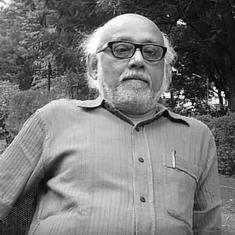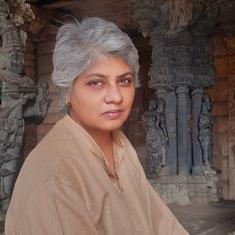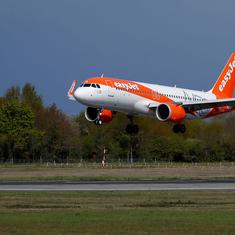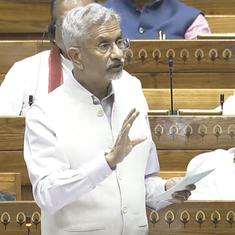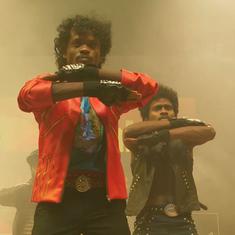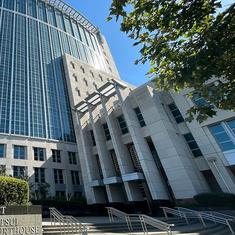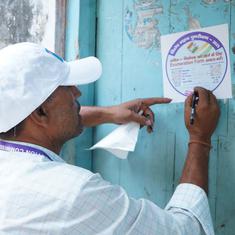Shaheen Bagh: UP Police briefly reopen key road blocked due to protests
The road connecting Noida and Faridabad through Delhi’s Kalindi Kunj neighbourhood was reopened for about 40 minutes, and avoids Shaheen Bagh.

The Uttar Pradesh Police on Friday briefly reopened a road connecting Noida and Faridabad in an effort to ease heavy traffic congestion between Delhi and Noida due to ongoing anti-Citizenship Amendment Act protests in the national Capital’s Shaheen Bagh locality, NDTV reported. The protests had started on December 15 after police violence at Jamia Millia Islamia University.
The road connecting Noida and Faridabad through Delhi’s Kalindi Kunj neighbourhood was reopened for about 40 minutes, and avoids Shaheen Bagh. The attempt to provide relief to commuters came a day after Supreme Court-appointed interlocutors met the protestors for the second time. The demonstrators showed the mediators – lawyers Sanjay Hegde and Sadhana Ramachandran – the blockades set up by the police. The interlocutors then announced they had been informed that alternative routes could be reopened to ease the burden on commuters.
The protestors have occupied a stretch of GD Birla Marg, an arterial road that connects Delhi and Noida, and still remains closed. Residents of nearby localities have complained that the blockade is causing them inconvenience, and commuters on this route say it has added to their travel time.
However, Scroll.in mapped the roads in the area and found that the public inconvenience was not merely because of the closure of GD Birla Marg. Two alternative routes that could have been used by commuters have been barricaded by Delhi and Uttar Pradesh police. The traffic could have passed through the narrower Kalindi Kunj-Mithapur Road that runs parallel to GD Birla Marg, and could have functioned as an alternative route. However, Uttar Pradesh Police have blocked access to this road by placing barricades around the Kalindi Kunj Bridge that connects Uttar Pradesh to Delhi.
Also read:

